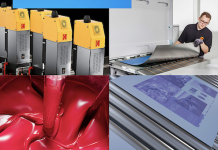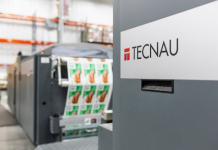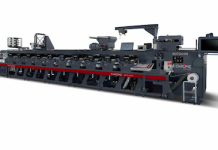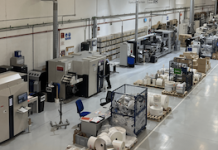Electronic media have some clear advantages over print, namely that they can do so much more, such as get shared almost at the speed of light. Electronic devices are used for phone calls, taking pictures, playing games and internet access. They also have massive commercial impact, providing new platforms for advertising and marketplaces for trade. However, let us not forget about the green aspects of print.
Paper is a sustainable resource and print has a one time carbon footprint. It is recyclable and an independent archive that is easy and convenient to access. Its user interface is simple, its accessibility universal and it is gorgeous. Even if you never read the books you buy, you own them because they declare something of yourself to the world – look at all those carefully curated backdrops on Zoom.
The main argument however, is what happens to these devices over time – a serious problem and one that goes far beyond usefulness. This problem is not really being addressed. The difficulty is the waste management. Paper and board products have supply chains that encourage waste collection and recycling. A similar model is slowly being built for plastics and other waste. For electronics, the picture is less rosy.
Old electronics must be removed from the waste stream and processed for recycling. Apple has a recycling scheme in place, having worked out some time ago that over its entire economic lifespan an iPad Pro generates over 150kg of CO2e or carbon dioxide equivalent. But it all depends on how much the device is used. A television’s carbon footprint is about 0.088kg per viewer hour. For online streaming, it ranges 0.03 to 0.86, depending on the energy used. This isn’t so much, and what matters more is how the end of life process is handled.
The European Union’s (EU) Waste Electrical and Electronic Equipment (WEEE) directive, in force since 2003, mandates collection schemes to increase WEEE recycling, which currently stands at around 70% in Europe, depending on how you count it. The EU and its members have put considerable resources into building up the WEEE model. Elsewhere, things are much patchier and there is limited coordination of diverse recycling supply chains.
The reality is that as with most environmental impact concerns, changing lifestyle expectations are the only way to really make a difference. Constantly updating our electronic devices is a luxury we should consider in the context of environmental impact. If print is to have a long-term future, its environmental impact and sustainability are central and must be constantly refined and improved. The same applies for electronics.
This article was produced by the Verdigris Project, an industry initiative intended to raise awareness of print’s positive environmental impact. Verdigris is supported by: Agfa Graphics (www.Agfa.com), Digital Dots (www.digitaldots.org), EFI (www.efi.com), FESPA (www.fespa.com), Fujifilm (www.fujifilm.com/sustainability/), HP (www.hp.com), Kodak (www.Kodak.com/go/sustainability), Practical Publishing (www.practicalpublishing.co.za), Ricoh (www.ricoh.com), Unity Publishing (http://unity-publishing.co.uk) and Xeikon (www.xeikon.com).
THE VERDIGRIS PROJECT
http://verdigrisproject.com/





















